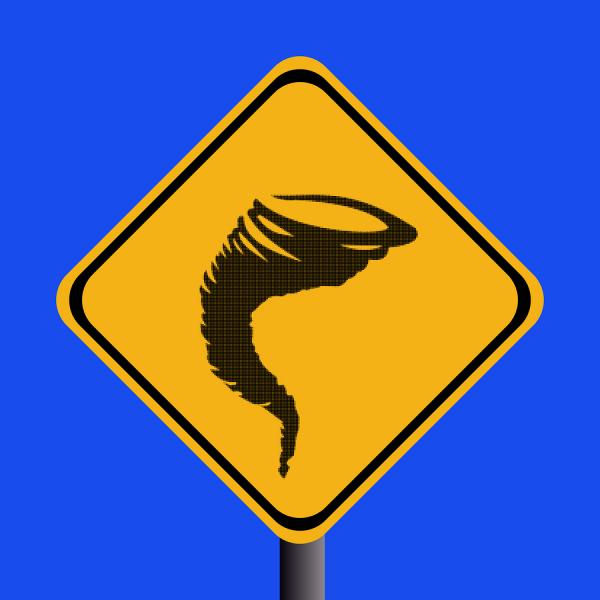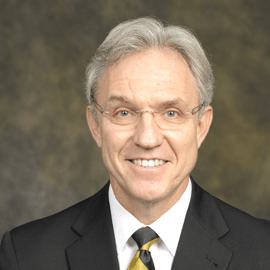
Converging on Safety: The Most Believable Risk Messages
Over the past two decades, the world has experienced an alarming increase in the frequency of serious crises such as industrial accidents, terrorist attacks, and natural disasters. Consistent across all crises is the need for communication. During a crisis, people seek messages that tell them how to protect themselves. After the crisis, audiences seek instructions on how to engage in the recovery process. They also listen to risk communication, reassuring them that a similar crisis can either be avoided or prevention of such events can be increased.
Complicating the risk communication process for audiences is the fact that crises typically result in the public being bombarded with various, and often conflicting, messages from multiple sources. Despite this swirl of competing messages, our research indicates that audiences are not overwhelmed. Rather, they are capable of systematically interpreting the messages, identifying the points where ideas shared by different sources converge, and making informed decisions. For example, residents of Mississippi reported looking for points of consistency among their local weather experts and national agencies when making decisions about how to respond to Hurricane Katrina.
In our interviews conducted across the United States, participants who viewed a simulated crisis reported three consistent behaviors: determining source credibility, actively seeking message convergence, and recognizing (and accepting) emerging points of agreement among the risk messages.
First, audiences felt information repeated by opposing sides of an issue was the most accurate. In determining believability, they also consider source credibility. Our interviewees noted they pay the most attention to government sources such as the Centers for Disease Control and Prevention (CDC), the Food and Drug Administration (FDA), or the Department of Homeland Security (DHS). Audiences are far more skeptical of organizations whose profits are at stake in a crisis. For example, one interviewee said, “My first thought is that [the organizations involved in the crisis] really have a vested interest in this. This is their livelihood.”
Second, audiences actively seek multiple points of view and dedicate time to finding convergence or agreement when a risk issue is important to them. As one interviewee stated, “I am going to listen to what I’m hearing the most. You know, like what is common between what everyone is saying. So if I’m watching 10 different things and eight people are saying ‘Wash your hands every five minutes,’ then I would probably be more prone to wash my hands every five minutes.”
Our interviewees also displayed comfort with both traditional and new media when seeking points of overlap or convergence. For example, one interviewee observed, “On YouTube, everyone’s a reporter now. So if I go on YouTube and I’m seeing these videos popping up, I might watch one and pay attention to where they’re getting their information. And then . . . get on Facebook or Twitter and usually you’ll see something that correlates to what you saw on YouTube. And then go to the headlines and you’ll see a headline that correlates with all three.” This participant’s explanation shows that people actively look for more information about a crisis from multiple sources to find convergence.
Third, audiences are willing and able to detect what they believe is manipulated convergence. Audiences also recognize when previous information is disproven as more evidence is available. One interview noted, “Another precaution that may sound simple [is…] don’t believe everything you hear. If you switch the stations over, you’ll find contradictions . . . so somewhere between the exaggeration and the sensationalism, you’ll find the truth. You have to discern it ultimately for yourself.”
In other words, audiences recognize message convergence when they hear information repeatedly from various sources. Another interviewee emphasized the need for continued vigilance in observing riskcommunication: “I wait, I give time, I listen, and then I wait a day or two.… I am being cautious in the situation to hear what the general consensus is after a few days. But even some things I question.” This participant describes an important tendency: audiences look for overlap in messages and are aware that information can change during a developing crisis event.
Our research indicates audience engagement in a thoughtful process of considering the credibility of multiple sources, differing information, and recommendations. Audiences actively seek points of convergence in determining the accuracy and personal relevance of claims and recognize solutions may give way to more accurate and objective advice in the future. These findings lead to several practical applications for risk communicators.
Most important, organizations and government agencies can ideally serve as ‘‘honest brokers’’ of risk information for audiences. The greater extent to which organizations and agencies can establish neutrality and appropriate use of research methods—as is the case with agencies such as the CDC, FDA, or DHS—the more likely the information they share will be perceived as credible.
Audiences accept the complexity of crisis situations and acknowledge the conclusions and recommendations offered may change over the lifecycle of the crisis. Accordingly, agencies and organizations should not feel compelled to rush to a final conclusion. Accepting uncertainty is a more realistic strategy in effective risk and crisis communication.
Finally, organizations and agencies should avoid intentionally misleading audiences via contrived convergence. The findings in this study suggest audience sensitivity to bias and audience ability to detect deceptions sooner rather than later.
The growing complexity of communication channels and global interdependence creates an atmosphere where crises are a now a normal part of our existence. As crises increase in frequency and intensity, so does the communication surrounding them. New forms of media create an unprecedented expansion of citizen journalists, spontaneous coping networks, and general access to information during crises. This increasing volume of information intensifies the need for citizens to reconcile competing arguments during and after crises. Understanding the influence of message convergence has the potential to provide practical applications for crisis communication practitioners who sincerely wish to help audiences attend to the most relevant information and take appropriate actions to protect themselves.


